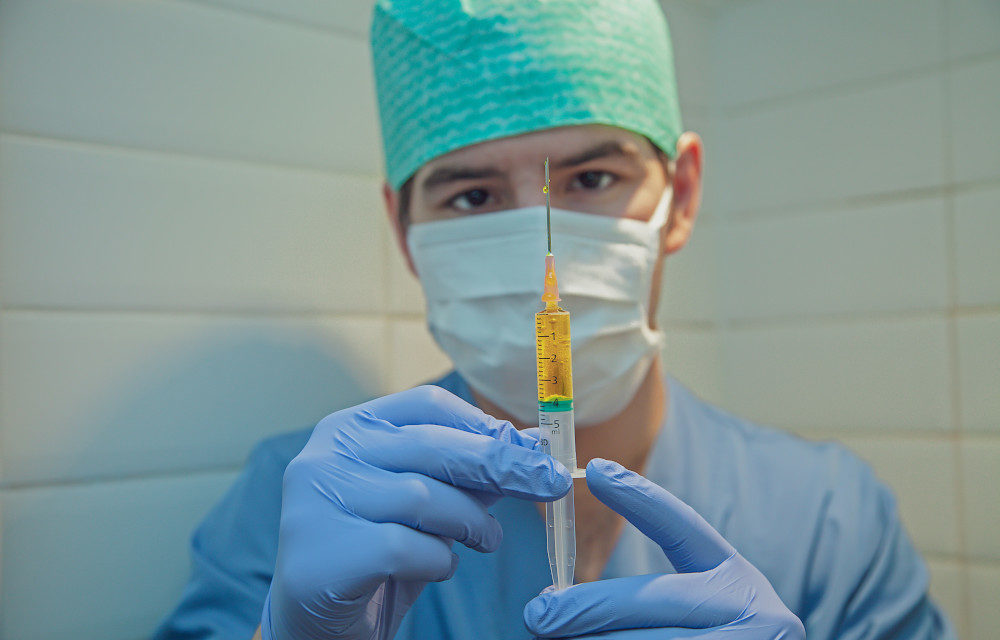
PACKAGING AT - 80 °C
When it comes to packaging medication, safety is a top priority. Generally, medication needs to be transported at between -2°C and -8°C. Within the European Union, there is a standard, termed Good Distribution Practice, for transporting medical products. The guidelines, which were adopted in 2013, define how to handle human medical products safely and regulate parameters such as temperature, cleanliness, safety and humidity.
Special requirements apply for the newly developed vaccine solutions. They need to be kept at a constant temperature of -80°C. This is the case because development was incredibly rapid. Manufacturers cannot yet make substantiated statements on the storage life of the medicine due to the lack of valid stability data for the corona vaccine.
For such low temperatures, simple styrofoam cases with dry ice just won’t get the job done. In order to package the corona vaccine safely, special containers with vacuum insulated panels which work like a thermos flask are being considered for shipping. These panels use extremely effective cooling elements to constantly keep the sensitive corona vaccines at the required temperature over several days. According to statements from the manufacturer, ice cubes retained their shape and temperature for around three weeks when stored in the box in trials during the summer months.
Other providers use active powered cooling components to provide safe packaging for the corona vaccine. However, electric power must always be available throughout the entire transportation and storage period for this, which is tough to implement in remote corners of the globe such as Africa or South America. Here, mobile transportation solutions are advantageous as they also ensure that the hotly anticipated corona vaccines safely get to where they are urgently needed, even in a heat wave. In any case, the temperature must be constantly measured in degrees and documented by intelligent packaging and sensors over the entire transportation route and beyond. Refrigerators must also be available in the warehouses so that the cooling chain is not interrupted
15 MILLION COOLING BOXES ON 200,000 PALLETS
A study by the DHL logistics group and McKinsey, a consulting company, in conjunction with non-governmental organisations, made it clear that the challenges involved in distributing the vaccine were very great indeed: To dispatch 10 billion units of the vaccine, 15 million cooling boxes need to be transported on around 200,000 pallets, in 15,000 cargo flights. “It’s no small feat to ensure that such a vital consignment can be transported around the world and delivered at -80°C,” explains Katja Busch, in discussion with the news agency Reuters. Busch knows what she’s talking about: as Chief Commercial Officer at DHL, she also attends to customers in the pharmaceutical industry.
Air freight capacity worldwide has shrank duet to the corona crisis. Thus, passenger aircraft will have to be used to distribute the corona vaccine, according to industry experts. The challenge also lies in providing the cooling facilities on board the aircraft. Safety regulations for air transport only allow a limited amount of dry ice. We have a mammoth task ahead of us, in which vaccine manufacturers, logistics groups, airlines, packaging and processing industries must work hand in hand with governments and the healthcare industry in order to ensure success.






